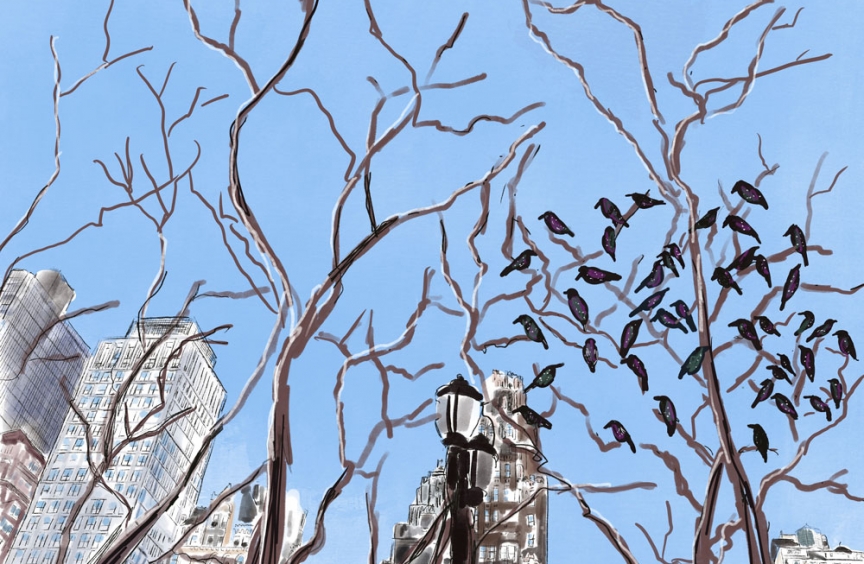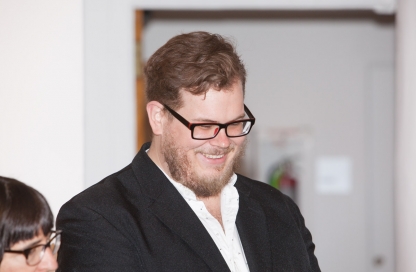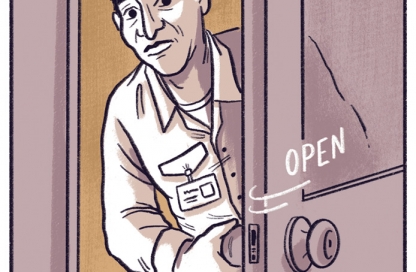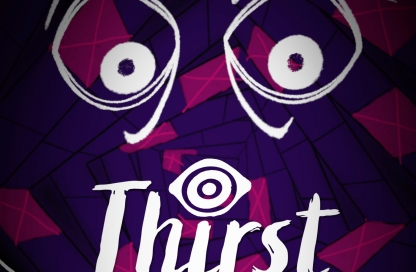Susanne Reece talks about her Continuing Ed writing class for visual artists | ‘Creative Writing for Visual Artists’
Tell us a little bit about your Continuing Ed class ‘Creative Writing for Visual Artists’
The class is for people who have maybe always wanted to write, but didn’t know how to get started, or for people who have done some writing but would like to develop their skills or try some different kinds of writing. I titled the course Creative Writing for Visual Artists, but it’s really for anyone who tends to be a more visual thinker. While we will read work by a diverse group of contemporary writers as we explore elements of creative writing craft and storytelling, we will be finding our way into writing using visual imagery—paintings, photographs, and illustrations.
How did you arrive at the point where you pitched the class to the School of Visual Arts?
I came to MFAVN already with a strong writing background. I had been doing my own creative writing and taking writing workshops for several years, and I work professionally as a copywriter. And I had always drawn, and the visual arts have been an equally important part of my life.
Writing instruction in the MFAVN program focuses on story and how writing can be used in support of visual storytelling. When I’m writing for visual stories, I’m always thinking about what will be told in words, and what will be told in pictures, and how those will work together to tell the story. In this kind of writing, some aspects of craft—the attention to language and words, the rhythm and flow of sentences—need to take a back seat. They can actually get in the way.
After spending 2 years in the program really focused on creative visual narratives, after graduation last summer, I found myself writing pieces that I was struggling to turn into visual narratives. At a certain point, I realized, you know, this clearly just wants to be poem or an essay. It doesn’t need pictures. Everything I make doesn’t have to be a visual story just because I have this degree now.
Once I had that realization, I wondered if other visual artists might occasionally have an urge to create written stories but might be looking for some help finding their way to embrace their writerly sides.
From my experience with classmates, many of them had not ever taken writing classes or writing workshops before, or had had limited experience with it, because they’d gone to art or design school. And here I am, someone who has a lot of experience with writing and taking writing classes.
I thought, what if I taught a class for people who are usually more visually oriented but want to write?
And what if, instead of running it like a traditional creative writing workshop, where a couple of students submit their work each week and have to sit silently as others in class critique their work, I make it more like play and exploration? What if I used visual images as a way into writing?
I approached Nathan Fox, the founder and Chair of the MFAVN program with the idea, and je worked with me to refine the course and pitch it to SVA Continuing Education.
Who do you think would benefit from taking your class?
The course was designed with visual thinkers in mind, with visual images used as the basis for generating written stories. I also think it could benefit not only people engaged in creating visual art, illustration, comics, and design work, but also writers who are interested energizing their writing practice by using visuals as a way in, and for those who want some structure and community, but have found traditional workshop courses to be dispiriting and disempowering.
What do you hope students take away from ‘‘Creative Writing for Visual Artists’?
I want people to come away feeling excited and energized about writing and have strategies to keep going. And for visual artists, illustrators, and comics artists, I hope that they will come away feeling confident in their ability to express themselves creatively in writing, and that further developing their writing skills will give them new perspectives on any visual storytelling or text and image work they may be doing in their visual arts practices.
Learn more about the Continuing Education course and register here.




